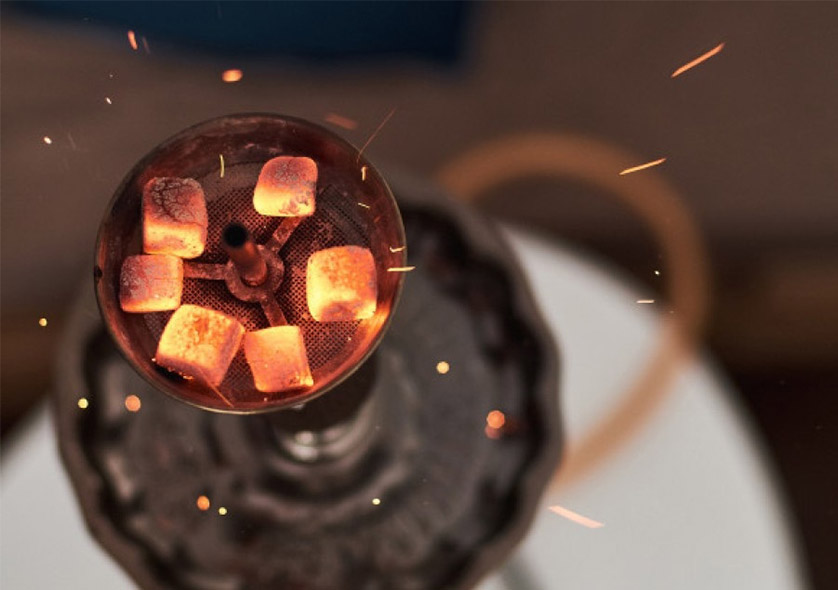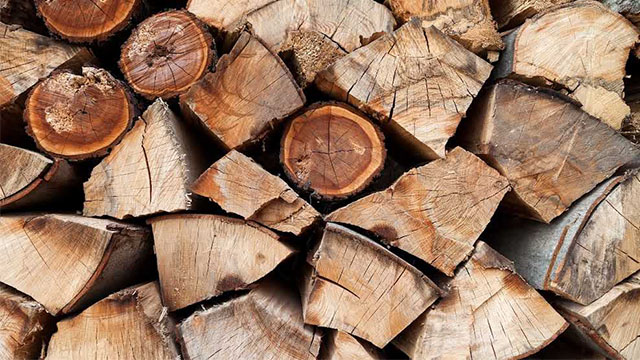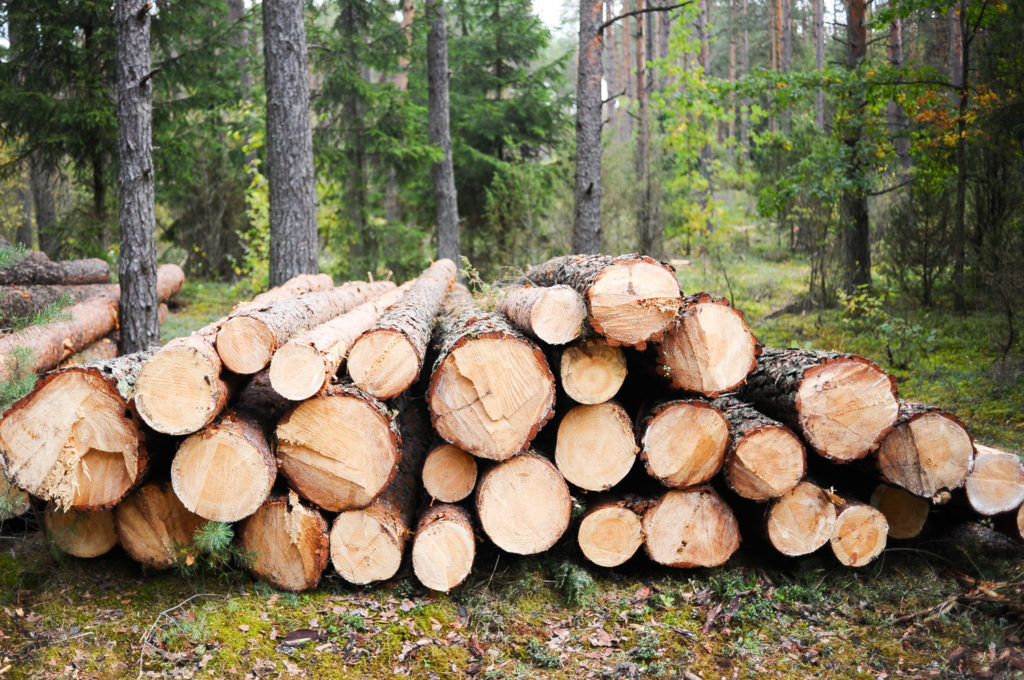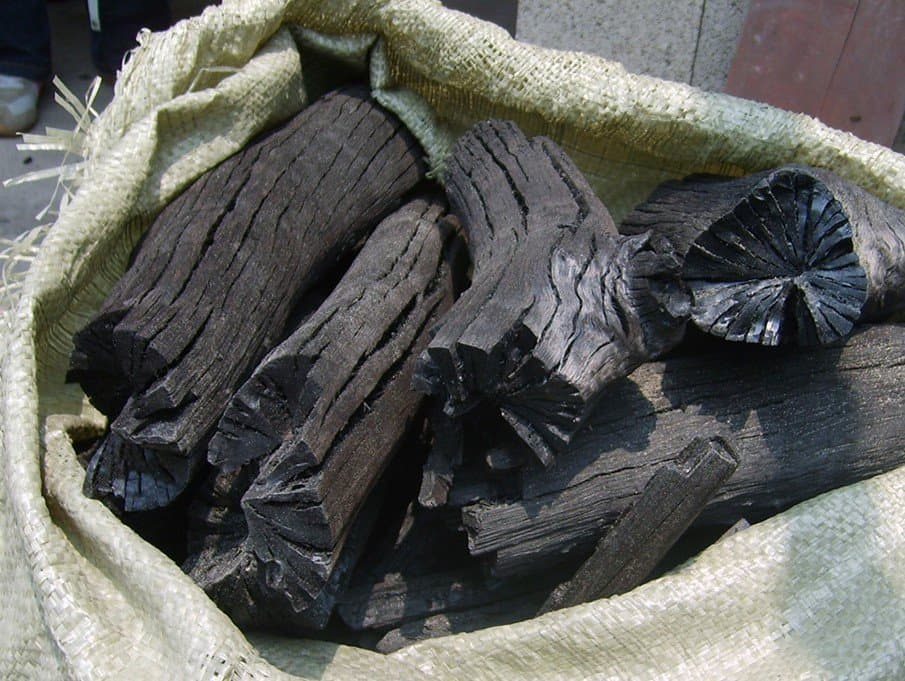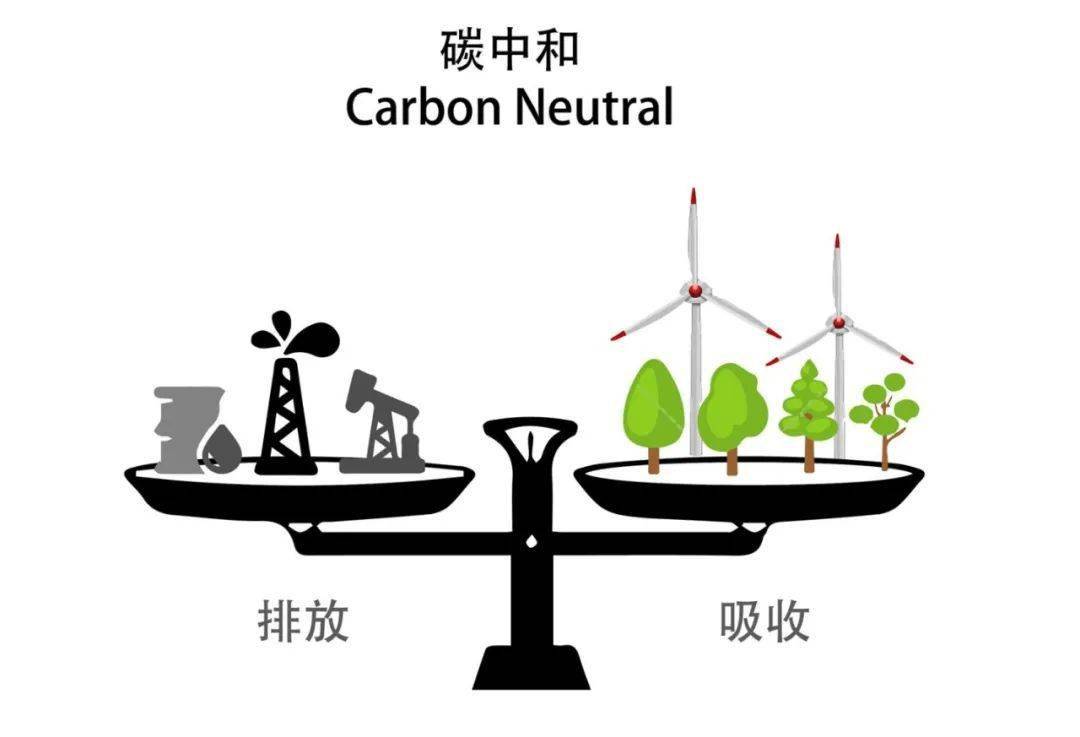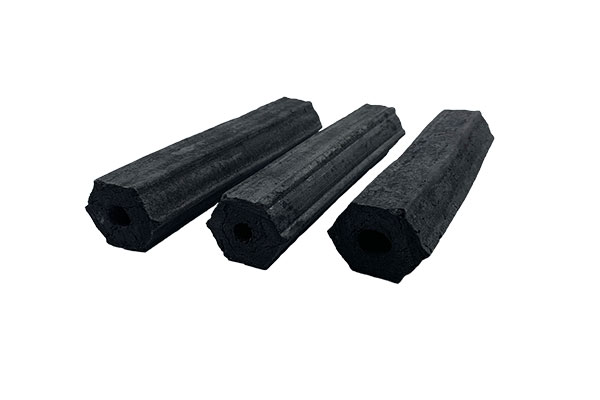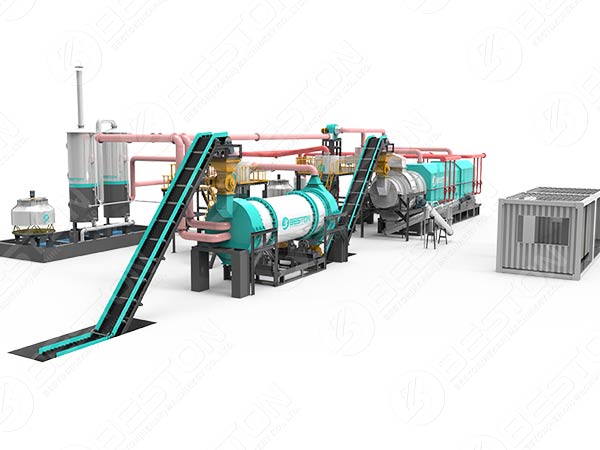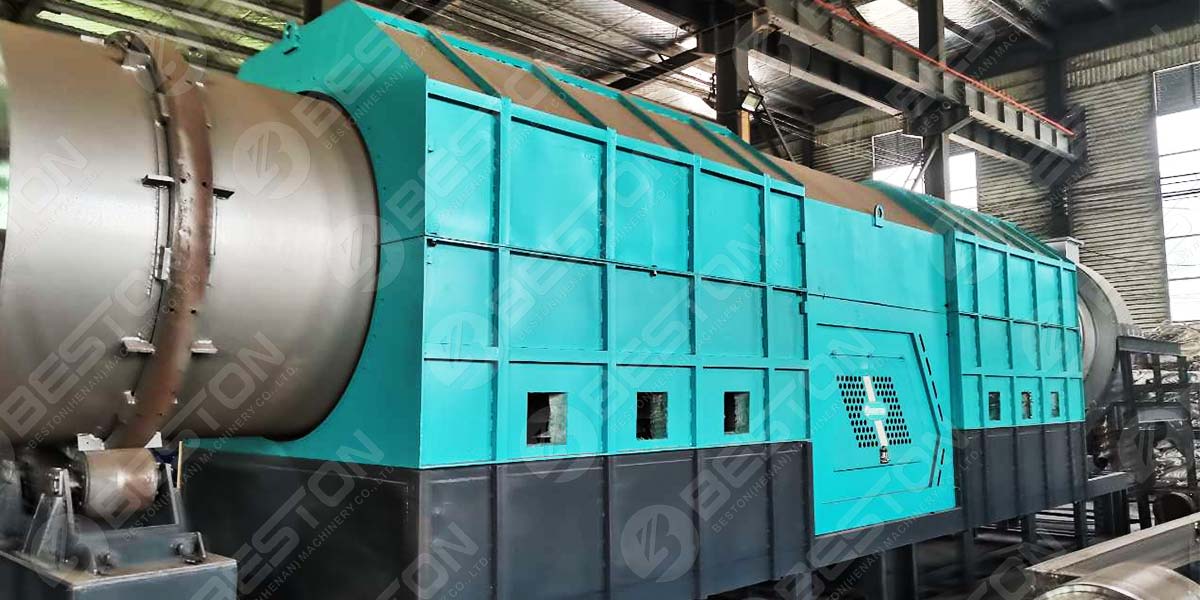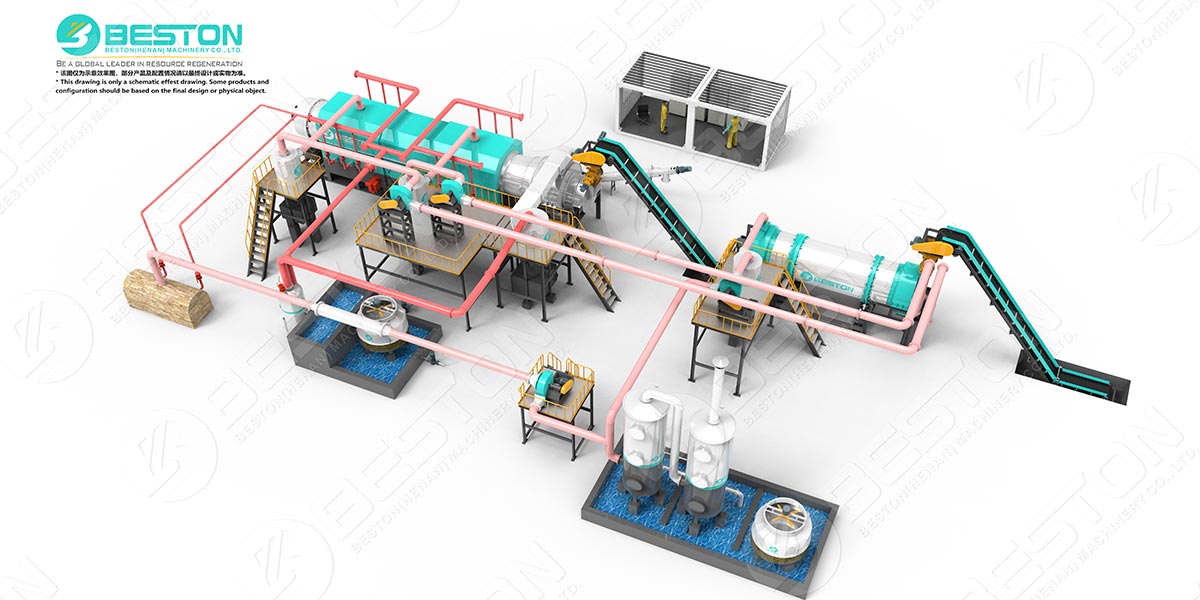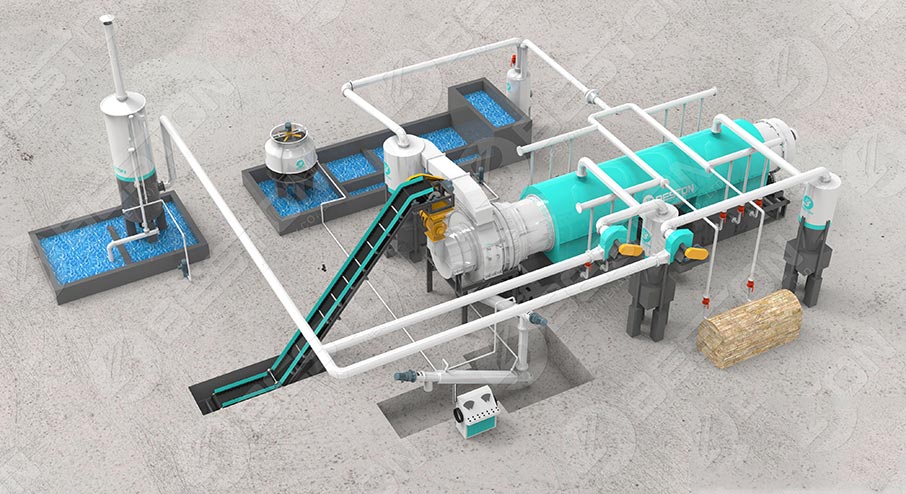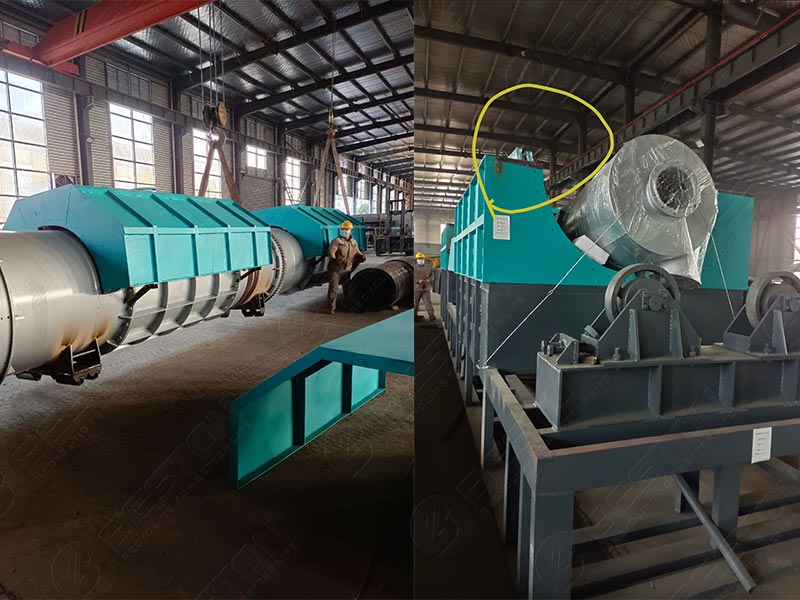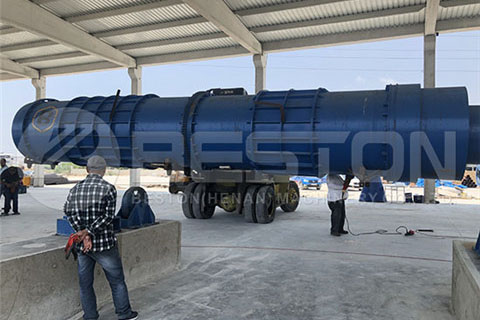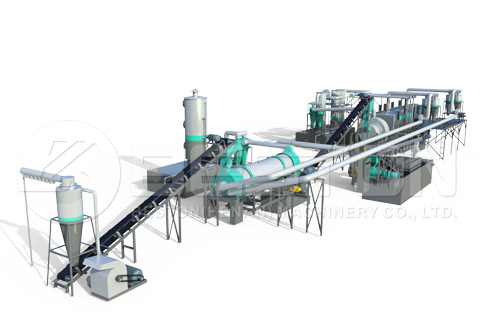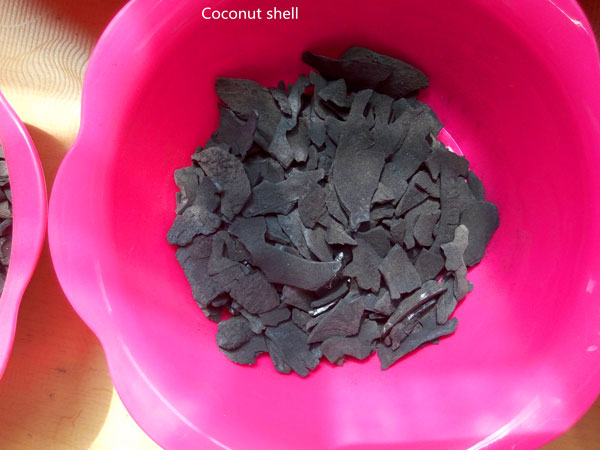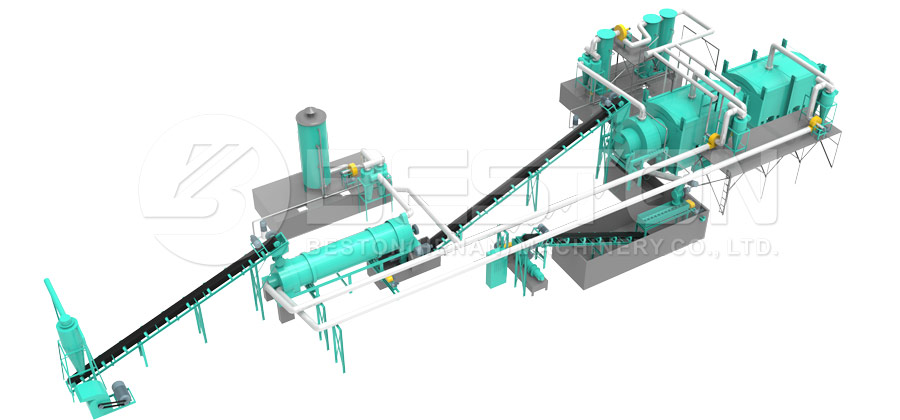Profit Channels for Investing in Biochar Machine
The biochar industry has gained significant traction in recent years, driven by its environmental benefits and economic potential. Investing in a biochar machine offers a variety of profit channels, making it an attractive option for both entrepreneurs and established companies seeking to diversify their revenue streams. From improving soil health to generating valuable byproducts, a biochar machine presents numerous opportunities for sustainable profitability.
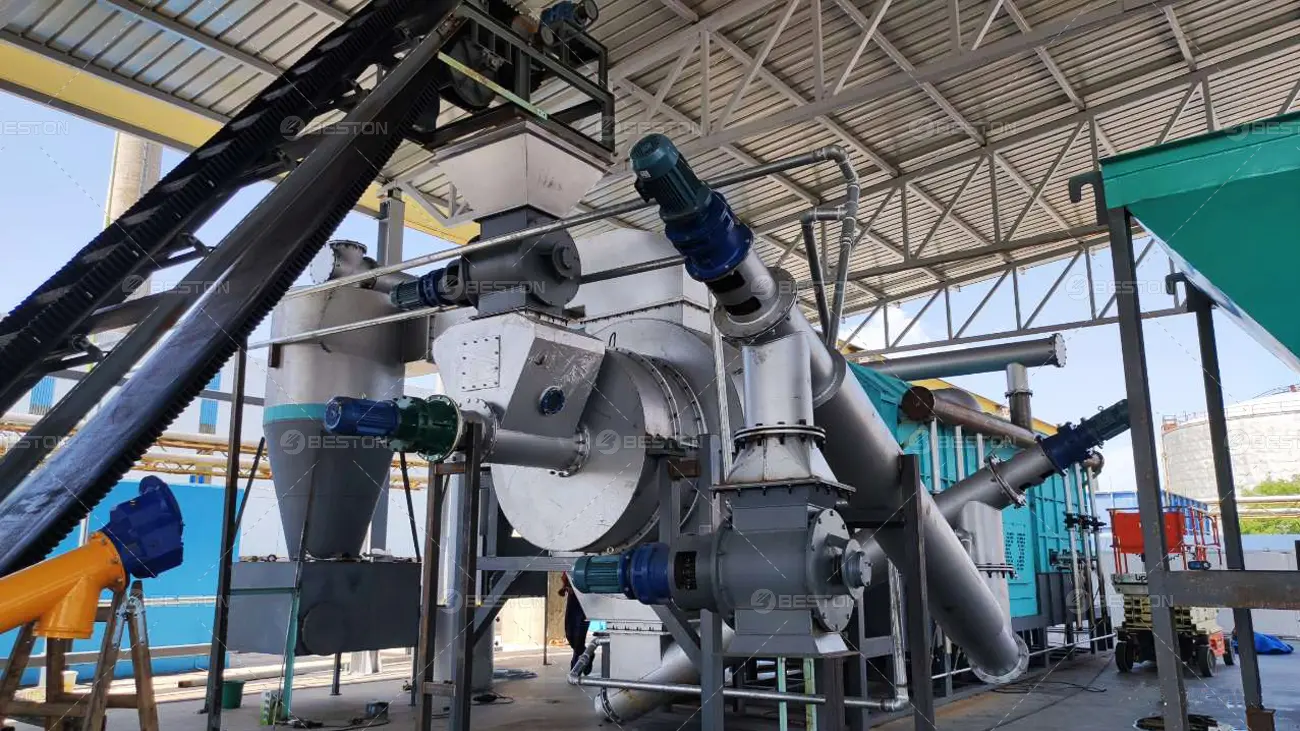
1. Agricultural Applications: Enhancing Soil Fertility
One of the primary profit channels associated with biochar production is its use in agriculture. Biochar has proven to be an effective soil amendment, improving soil structure, enhancing water retention, and boosting nutrient availability. This makes it a valuable product for farmers and gardeners looking to improve crop yields and reduce dependency on synthetic fertilizers.
By investing in a biochar machine for sale, producers can create a high-demand product that can be sold to agricultural businesses, organic farms, and landscapers. The growing trend towards sustainable farming practices means that biochar is becoming an increasingly sought-after solution. Biochar’s ability to sequester carbon in the soil also aligns with carbon credit schemes, providing additional financial incentives for producers.
2. Waste Management: Turning Waste Into Profit
Another lucrative aspect of biochar production lies in its waste management potential. Many feedstocks for biochar production, such as agricultural residues, forestry waste, and even municipal solid waste, are readily available in abundance. Rather than letting these materials go to waste, they can be converted into valuable biochar using a biochar machine. This waste-to-wealth model not only solves waste disposal problems but also reduces the environmental impact associated with landfills and open burning.
By sourcing low-cost feedstocks, producers can maximize their profit margins while contributing to sustainable waste management practices. Additionally, the biochar pyrolysis equipment itself can process a wide variety of organic waste materials, making it a versatile investment capable of handling diverse waste streams. This flexibility increases the potential for generating revenue from multiple waste sources, enhancing the economic viability of the operation.

3. Carbon Sequestration and Environmental Credits
The environmental benefits of biochar are a key driver of its marketability, particularly in the context of carbon sequestration. Biochar is recognized for its ability to lock carbon in a stable form for hundreds or even thousands of years. This makes it an important tool in the fight against climate change. As more industries and governments adopt carbon offset programs and sustainability goals, biochar production presents an opportunity to generate carbon credits.
Investors in a biochar machine can take advantage of carbon credit schemes by certifying their biochar products as carbon-neutral or carbon-negative. Selling these credits to businesses seeking to offset their carbon emissions can provide a steady revenue stream. With the global push toward achieving net-zero emissions, the demand for carbon credits—and thus for biochar—continues to grow, positioning biochar producers as valuable players in the environmental market.
4. Byproducts for Additional Revenue
While biochar is the primary product of biomass pyrolysis, the process also generates valuable byproducts, such as syngas and bio-oil. These byproducts can be used as alternative fuels, further diversifying the income sources for those investing in a biochar reactor. Syngas, a mixture of carbon monoxide, hydrogen, and methane, can be used for electricity generation or heating, making it an effective energy source for the production facility itself.
Bio-oil, a liquid product of biomass pyrolysis, has various industrial applications, including use as a fuel, in chemical manufacturing, and in the production of bio-based materials. These byproducts enhance the profitability of the biochar machine investment, as they offer additional revenue streams and reduce the overall cost of production by powering the process.
5. Commercializing Biochar in Various Industries
Beyond agriculture, biochar has applications in several other industries, including water purification, animal feed, and construction. In the water treatment sector, biochar can be used to filter contaminants, while in animal husbandry, it can serve as a dietary supplement to improve livestock health. Additionally, biochar’s porous structure makes it a valuable ingredient in construction materials, such as concrete and bricks, where it enhances thermal insulation properties.
By tapping into these diverse markets, biochar producers can expand their customer base and diversify their income sources. As awareness of biochar’s benefits grows across industries, the demand for this versatile material is expected to increase, providing long-term profitability for investors. For more details on biochar machine investment, please contact Beston Group.
6. Export Opportunities in Global Markets
The global market for biochar is expanding, with growing demand for sustainable agricultural products and eco-friendly solutions. Many regions, particularly in Europe, North America, and parts of Asia, are actively seeking biochar to meet sustainability targets. As a result, producers of biochar can explore export opportunities, reaching international markets where demand for biochar is high.
By establishing a reliable supply chain and complying with international standards, biochar producers can capitalize on export opportunities, expanding their reach and boosting profits. Furthermore, the export of biochar products, particularly those linked to carbon offset programs, can generate additional revenue streams by tapping into the global carbon credit market.
Conclusion
Investing in a biochar machine opens up a multitude of profit channels. Whether through agricultural applications, waste management, carbon sequestration, or byproduct sales, biochar production offers diverse revenue-generating opportunities. As the global emphasis on sustainability and environmental responsibility intensifies, biochar’s market potential continues to grow, making it a highly attractive investment. With the right strategy and efficient operation, biochar producers can secure a profitable future while contributing to a more sustainable world.
